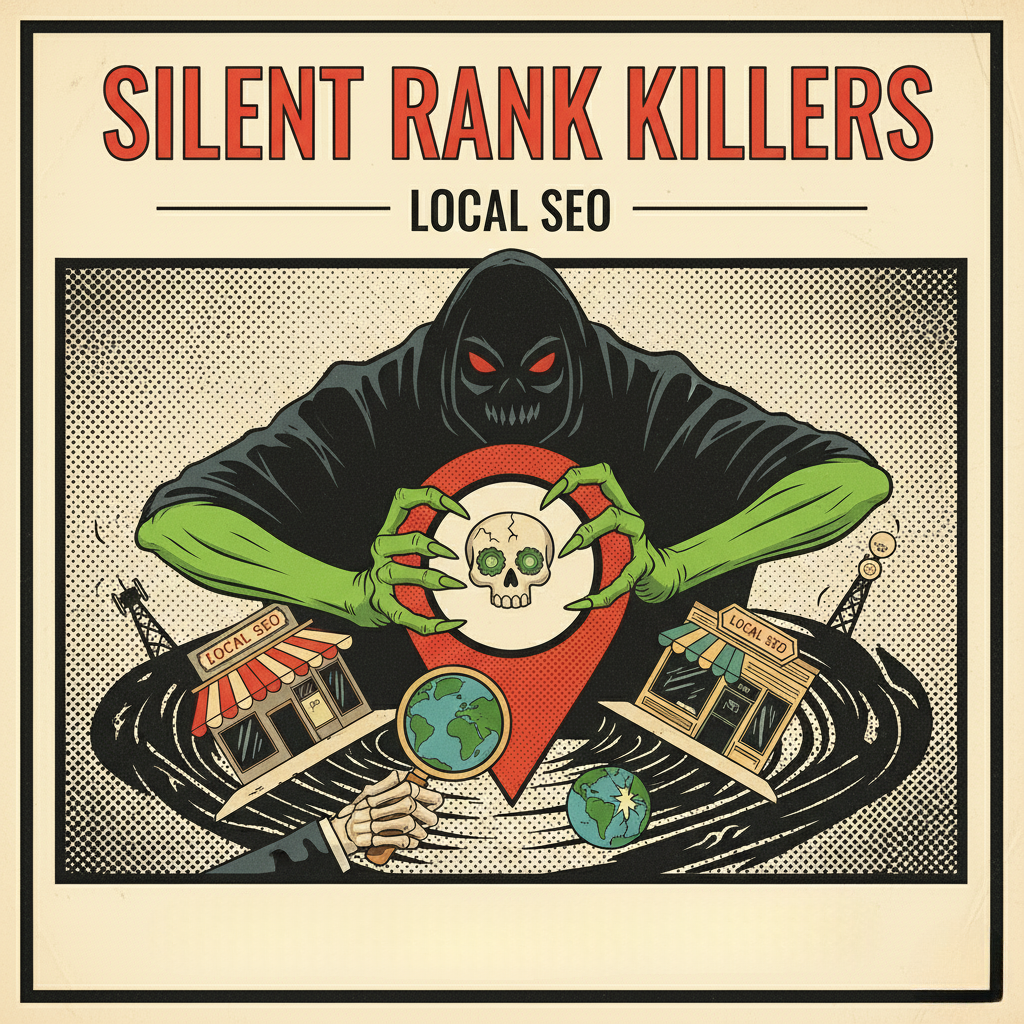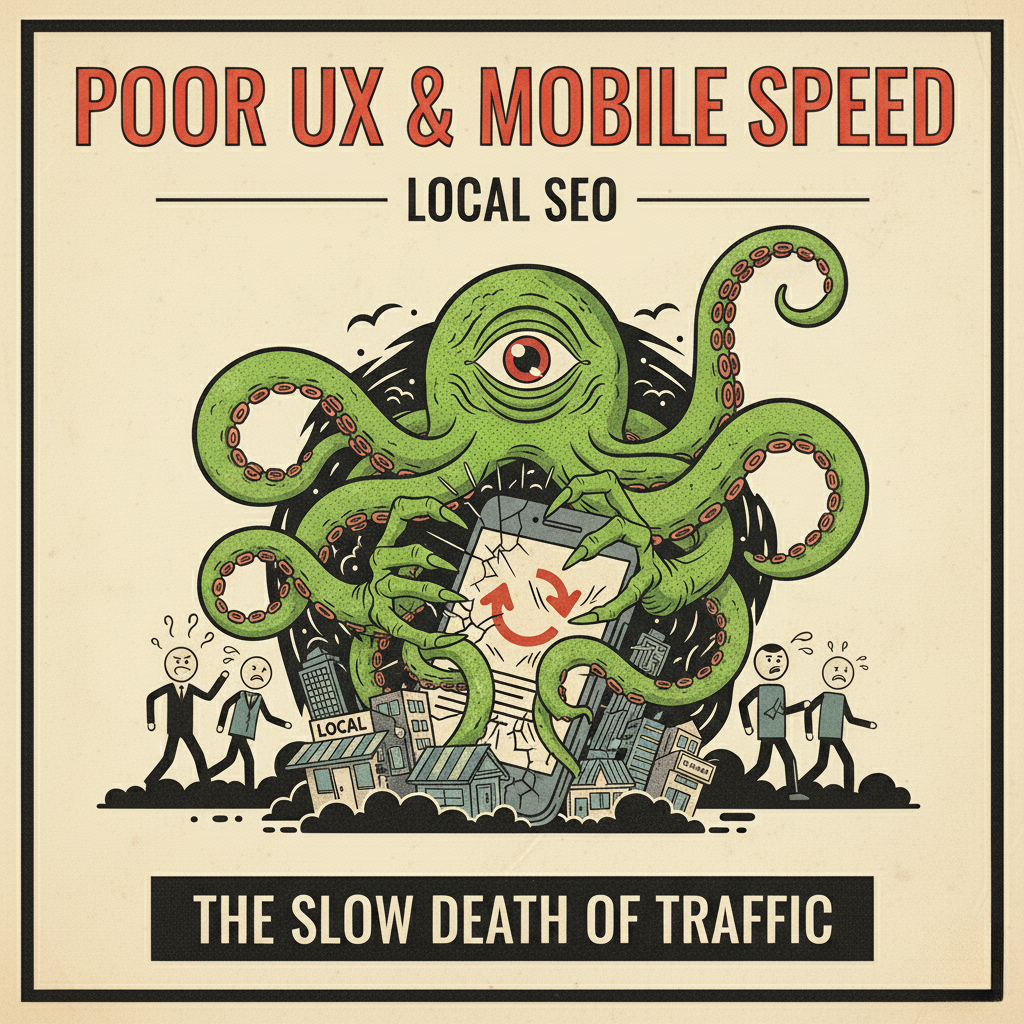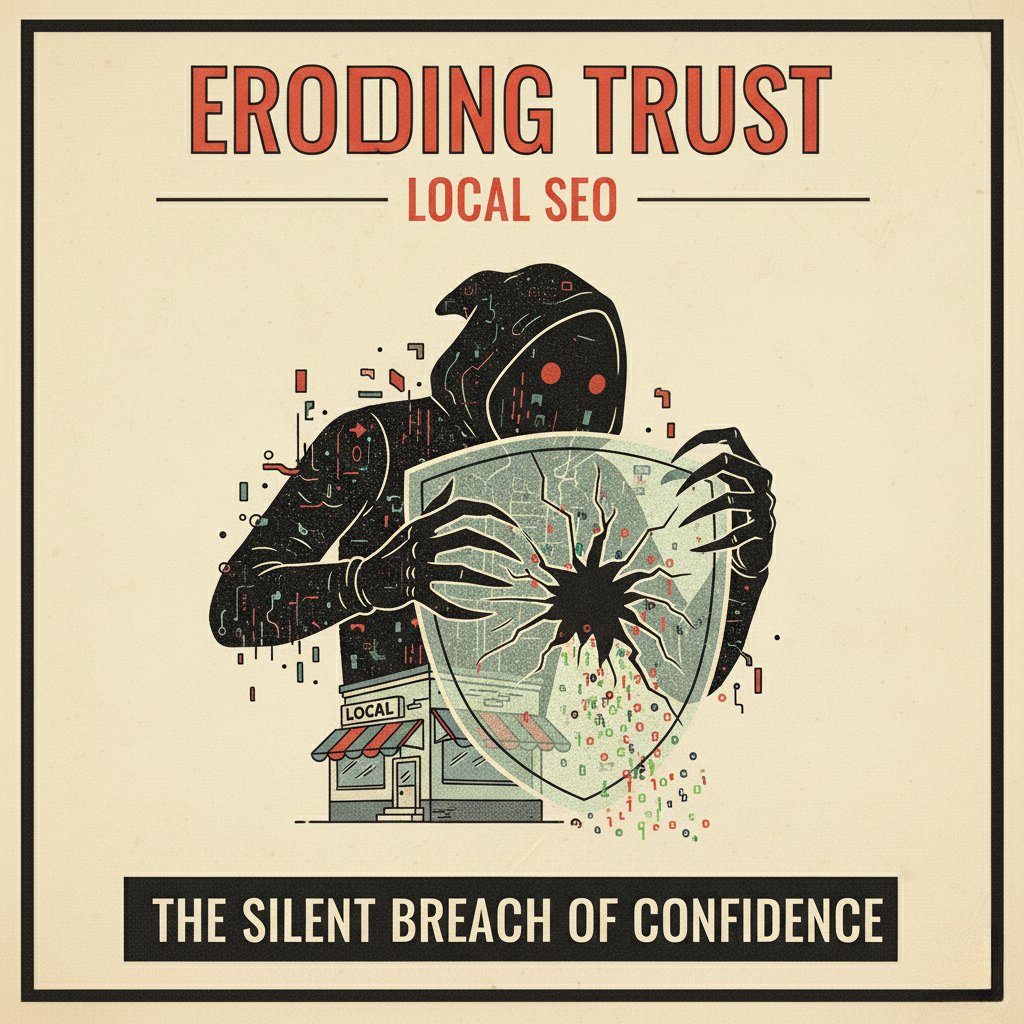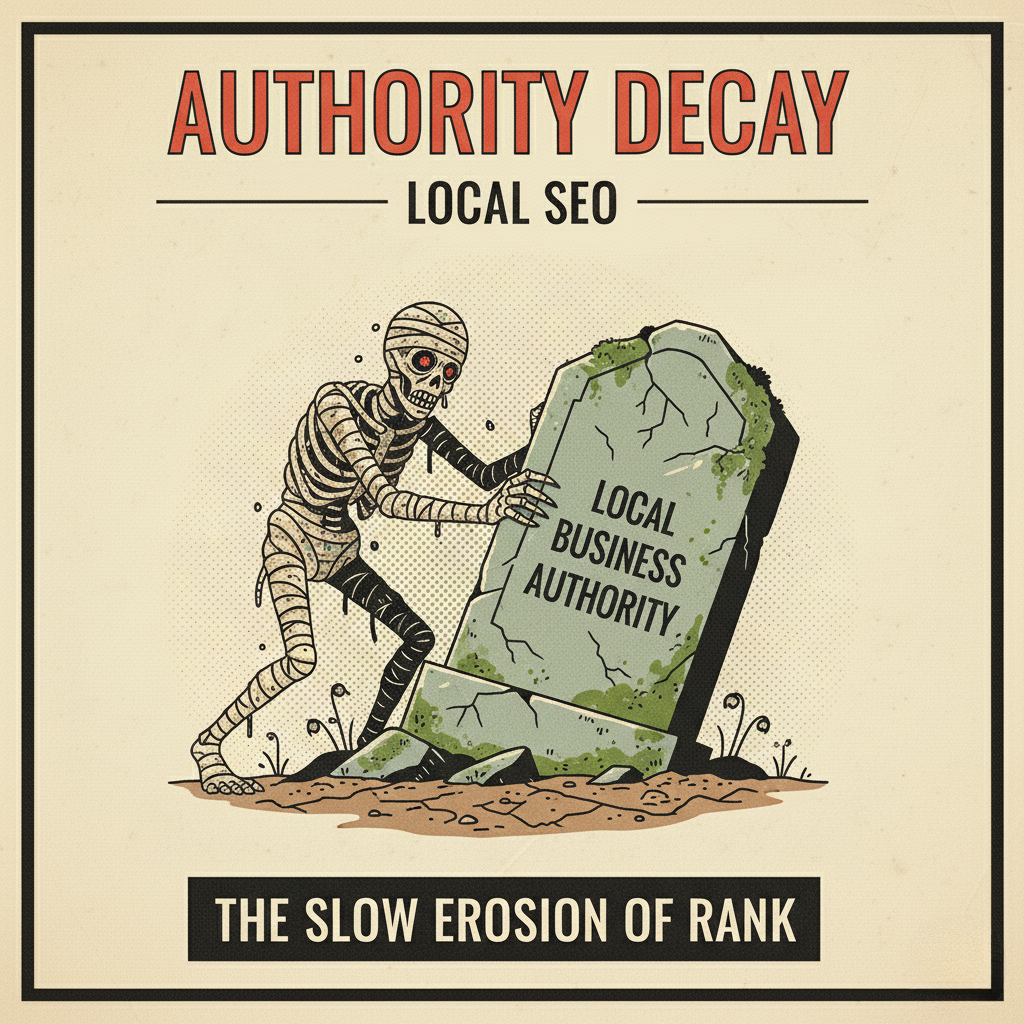
I reveal three silent rank killers—mobile speed, security debt, and fading authority—quietly sabotaging your Google Business Profile, and the fix isn’t what you think.


We were having an internal discussion with some friends and industry experts the other day, and started talking about how an outdated website undermines a Google Business Profile.
First, poor mobile speed and UX hurt local rankings as Google uses mobile-first indexing, with slow loads driving higher bounce rates.
Second, technical debt and security gaps erode search trust, risking crawl issues, compliance penalties, and downtime.
Third, weak linkage and decaying link authority reduce relevance, especially with low DA, fading backlinks, and misaligned categories. Addressing these issues improves visibility, stability, and conversions, with practical fixes outlined next.

We had a good discussion with James, who works with Grindstone Design offering SEO services in Jacksonville, and we both were still surprised by how many local businesses still prioritize desktop design.
A beautiful, well-designed website is great, but it’s important to remember that Google now evaluates local visibility primarily through the lens of mobile performance.
With 100% mobile-first indexing, the mobile version dictates rankings, making mobile optimization non-negotiable. Sites lacking responsiveness typically see a 27% traffic decline within six months, while mobile-optimized pages post 48% lower bounce rates, improving user engagement and map pack eligibility.
Core Web Essentials serve as direct ranking benchmarks: pages should load in under three seconds, and delays in Largest Contentful Paint or poor interactivity depress local positions. A 0.5-second speed gain can lift conversions by 9.7%.
Given that 66% of search traffic is mobile and 30% is location-related, slow pages drive abandonment, signal low relevance, and reduce store visits and lead submissions. Faster sites often outrank closer competitors because Google’s mobile-first system rewards strong Core Web Vitals.
Thus, choosing a website style or the fanciest desktop style isn’t always the best idea. UX and UI is important for lead conversion and any legitimate marketing agency or freelancer should understand this.

Although design and content often receive the spotlight, search trust increasingly hinges on a site’s technical hygiene and security posture. Search engines detect outdated software, unpatched libraries, and insecure coding patterns during crawling, interpreting these security gaps as reliability risks.
With Sixo, we build all of our websites on the WordPress platform and even something so simple as not updating or not using https certificates will kill any ranking hope before it begins. Building a website for a local business can be cumbersome, but you or your agency need to set the right foundation or you’ll be throwing dollars away.
Delayed patching and legacy systems amplify exposure, while zero-days and advanced threats exploit stagnant defences.
Data exposure fuels negative publicity and user distrust, depressing engagement signals. Meanwhile, accumulated technical debt limits deployment of modern controls, impeding remediation and performance.
The net effect is reduced crawlability, weakened credibility, and sustained ranking headwinds. Like financial obligations, cybersecurity technical debt accrues interest in the form of escalating remediation costs and risk exposure if left unaddressed.

Because local visibility depends on a tight, verifiable connection between a website and its Google Business Profile, weak linkages and decay of authority erode that relationship quietly over time.
Link survival declines year over year: only 72% of links persist after one year, and the loss is steeper for low-authority domains.
Sites below DA (domain authority) 45 shed 16% in year one and 23% by year two, while higher-authority sites lose 11% and 16% respectively.
These losses dilute entity matching and local relevance signals. Additionally, choosing the wrong primary category was cited by most of us discussing that it’s the most impactful negative local ranking factor, which further compounds the effects of authority decay by weakening your profile’s core relevance.
Compounding this, authority fluctuations are common. DA shifts arise from scaling and algorithm updates, and low DA sites feel the swings most. Manipulated authority—link farms, spam networks, shallow profiles—inflates metrics without traffic, weakening genuine site-profile corroboration. Google increasingly prioritizes relevance and performance over raw backlink counts.
We get it…hiring a local marketing agency for most local businesses just isn’t feasible given the costs of working with an agency.
BUT, the first step to any solid digital foundation starts with your website. For too long, we’ve seen Google Business Profiles linked to a Facebook page or even websites being empty. This isn’t helping anyone.
Plenty of SaaS website providers have pre-made templates or drag and drop builders that will help businesses that may not necessarily have the funds to create a well-optimized website from an agency. If you feel your website is lacking please reach out to us, we offer free digital audits and even free websites to companies trusting us with their digital marketing plan.

Were changing the digital landscape. Gone is the expensive digital agency, instead we are working hard to put the power in your hands while leveraging our team of experts. Stop wasting your time and hard earned money and start putting it towards systems that generate results.
Copyright © 2024 Sixo Agency.